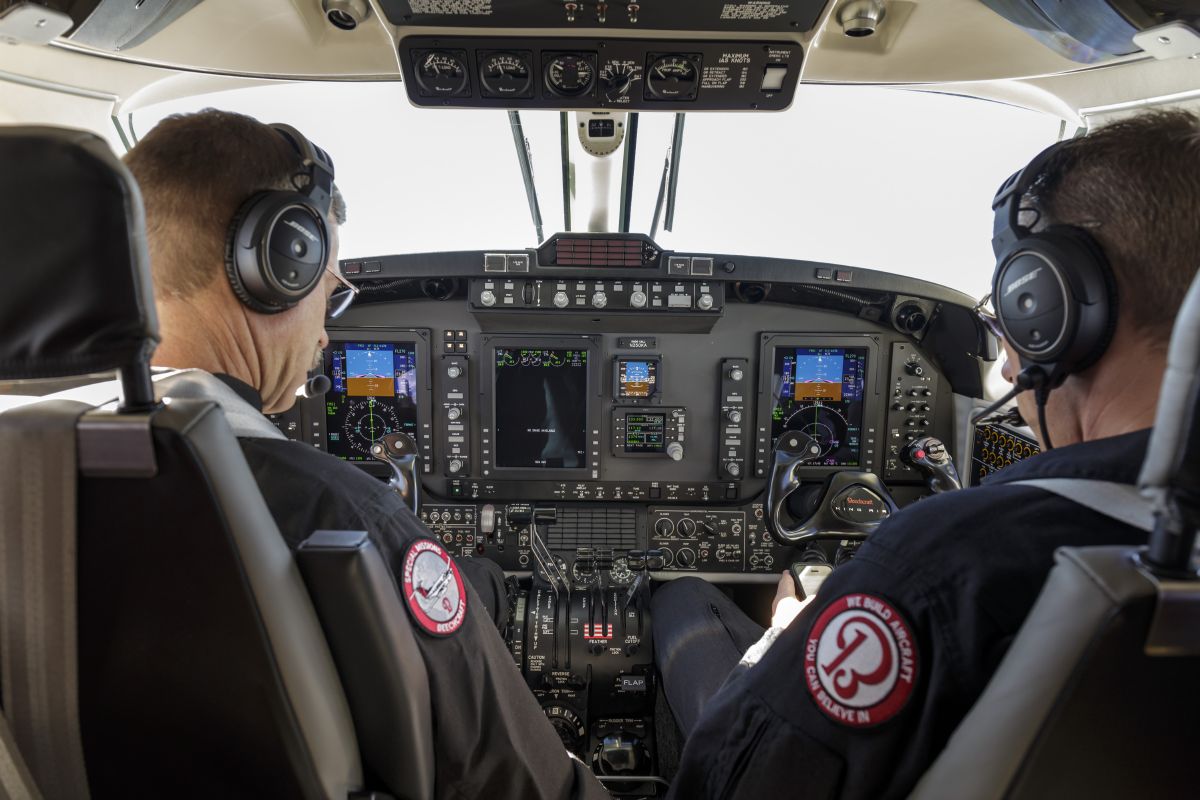Flight School Options for Career Pilots
How do you become a professional pilot? In plain language, you take a lot of flight instruction and complete a bunch of knowledge and practical tests. You fly a lot of hours to fatten up your logbook and build your experience level. But there are different roads to get to that point, and here’s where people get tripped up.

1. Flight school. No college degree associated with this route; you are taking flight and ground instruction in pursuit of private, commercial, and certificated flight instructor certificates, as well as instrument and multiengine ratings, from a flight school or flying club.
Structure and accountability are what differentiate a Part 61 flight school from a Part 141 flight school. Part 141 schools are periodically audited by the FAA and must have detailed, FAA-approved course outlines and meet student pilot performance rates. In most Part 61 programs, the structure is looser. There are no FAA-approved curriculums, so students can be more flexible about rearranging lesson content and sequence to meet their needs. In either type of program, you may fly a mix of aircraft and encounter student pilots who are career focused like you, or simply pursuing flying as a hobby.
2. Career academy. No college degree here either, but these institutions are focused on one thing: career flying, and to get you where you want to be in as short a time as possible.
3. College/university. Two- and four-year degree programs where flight training is integrated into the curriculum, usually at extra cost. Flight training may be conducted with a partner flight school that owns the aircraft, or the college may maintain its own fleet and flight department and operate as a Part 141 facility.
4. The U.S. military, which provides training at no cost in return for a service commitment. Service academies can be tough to gain entrance to, and pilot slots are not guaranteed.
Decide what is the best fit for you and get ready for takeoff.